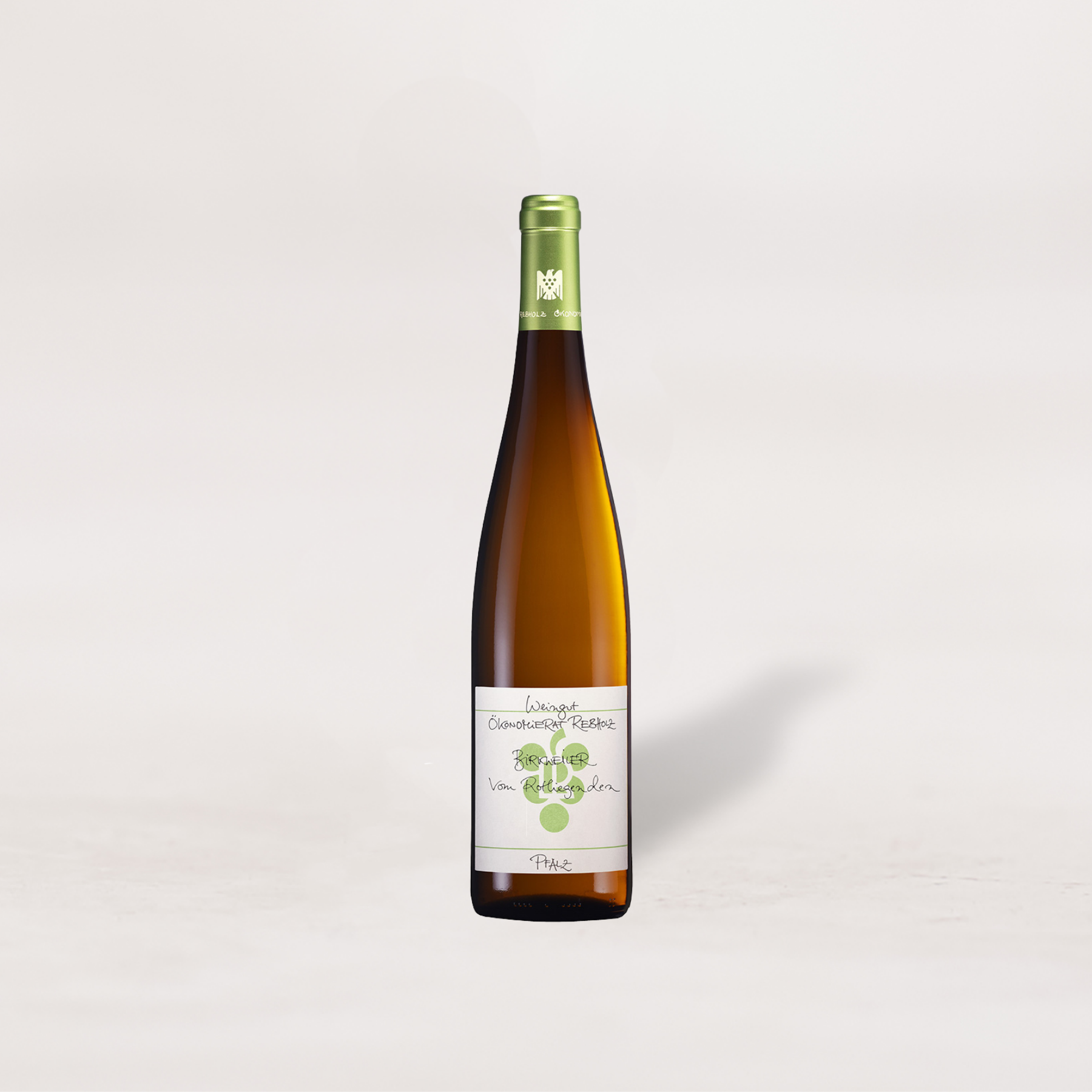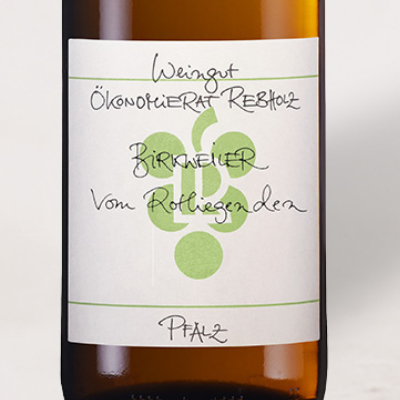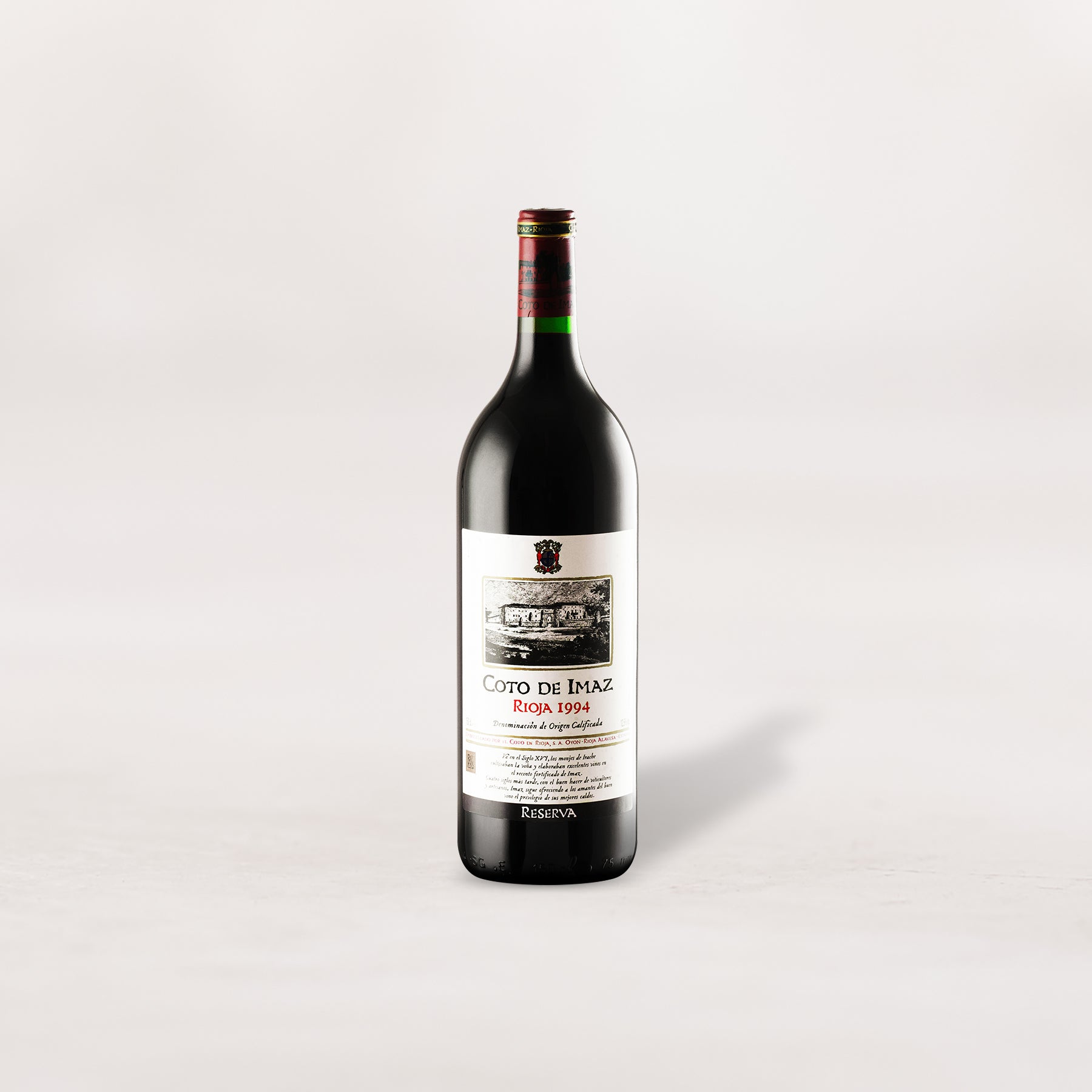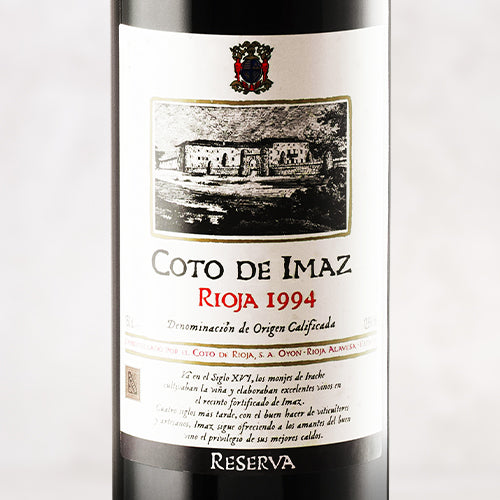The Rebholz story began with a radical idea from 1951. While the rest of Germany was chaptalizing and wine to meet market tastes, Eduard Rebholz declared war on such shenanigans. “You will receive only natural wine from my cellar,” he wrote, rejecting additions that “alter the native character of the wine.” This was seven decades before natural wine became fashionable—Eduard was simply a scientist who believed wine should taste like where it came from.
Today, his grandson Hansjörg and great-grandsons Hans and Valentin continue this philosophy with German precision and passion. Certified organic since 2005, biodynamic since 2006, they've earned every possible accolade: five grapes from Gault-Millau, five stars from both Vinum and Eichelmann. They're consistently ranked among Germany's top 10 estates, yet outside wine-geek circles, they remain criminally unknown.
The secret lies in their three distinct terroirs. For this Vom Rotliegenden (“from the red slate”), they work with Rotliegendes—ancient red slate that predates even the famous blue slate of the Mosel.
The winemaking would make a Burgundian proud. The twins’ apprenticeships at Jean-Marc Roulot and Frédéric Magnien show in every decision: 24-hour skin contact (radical for German Riesling), wild “sponti” fermentation in stainless steel, natural sedimentation instead of filtering.
WHY YOU'LL LOVE IT
The Burgundian Connection: Hans and Valentin trained with Jean-Marc Roulot and Frédéric Magnien. If you understand what that means for precision and terroir expression—or the fact that they headed straight to Burgundy in the first place—you understand why this Riesling is special.
Breathless acclaim: Stuart Pigott had a similar experience to ours when he reviewed this 95-pointer for James Suckling, writing “The wild herb intensity of this astonishing village wine must be experienced to be believed.” Amen.
Red Slate Rarity: Rotliegendes creates a completely different expression than blue slate or limestone—wilder, more herbal, more complex.
Bone Dry Mastery: At 0.2 g/l residual sugar, this is drier than most Sancerre. Yet it tastes complete, balanced, alive—proof that great German terroir doesn't need sweetness.
HOW TO SERVE IT
-
Serve at 46-48°F in white Burgundy glasses.
-
Drink now through 2040. This will gain gravitas with age, developing honeyed complexity while maintaining that electric mineral core.
-
Perfect with anything you'd pair with grand cru Chablis: oysters, grilled fish, roasted chicken. But also stellar with Thai cuisine—that herbal component loves basil and lemongrass.









